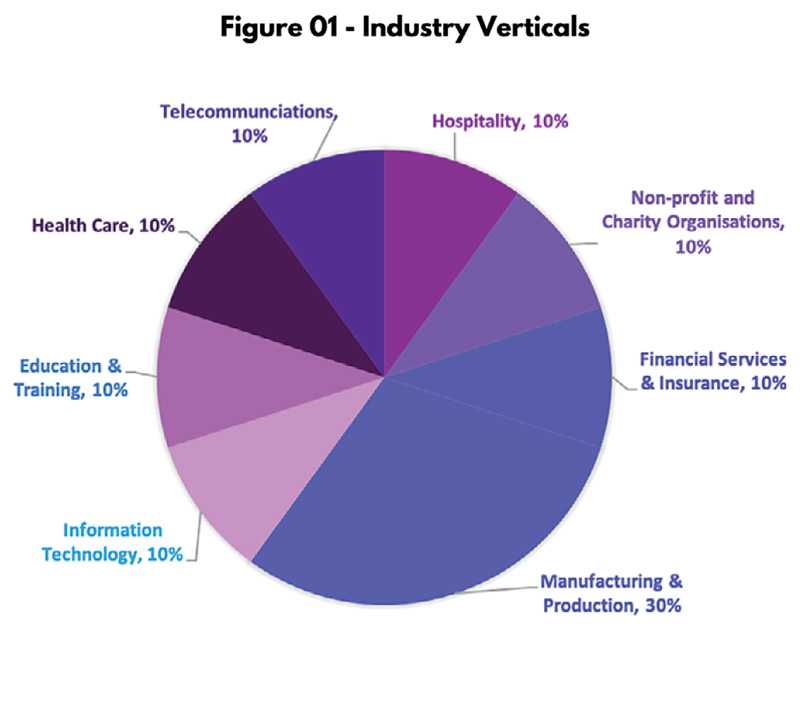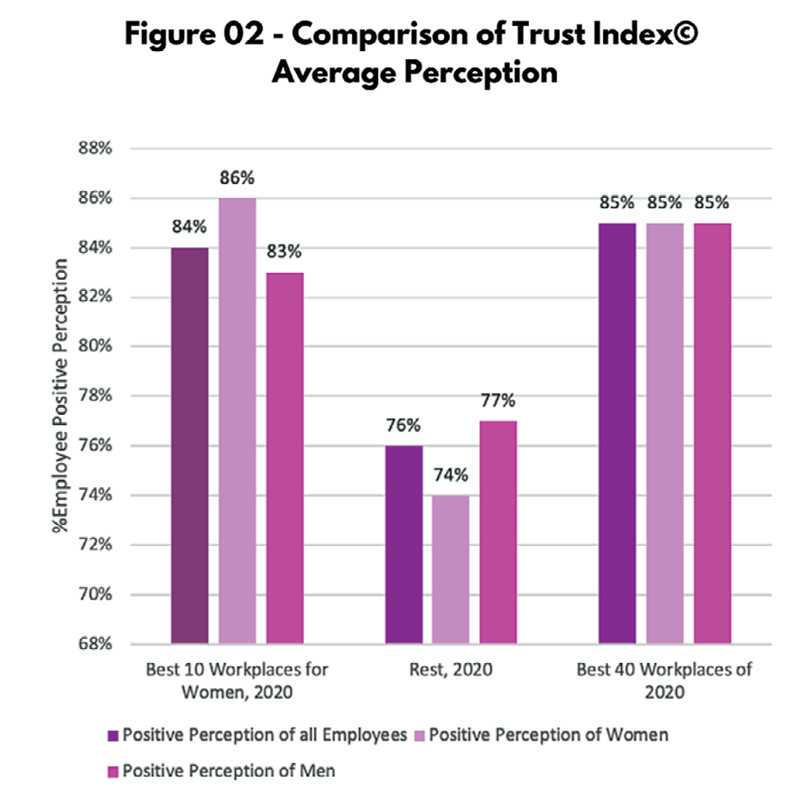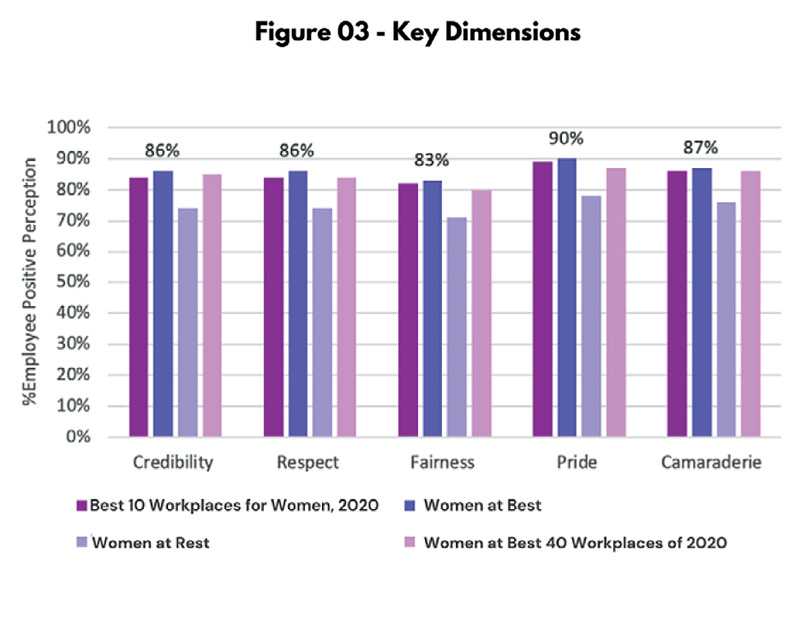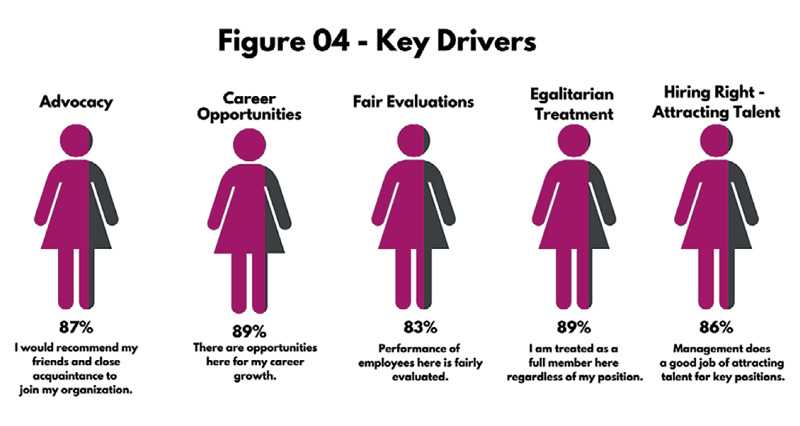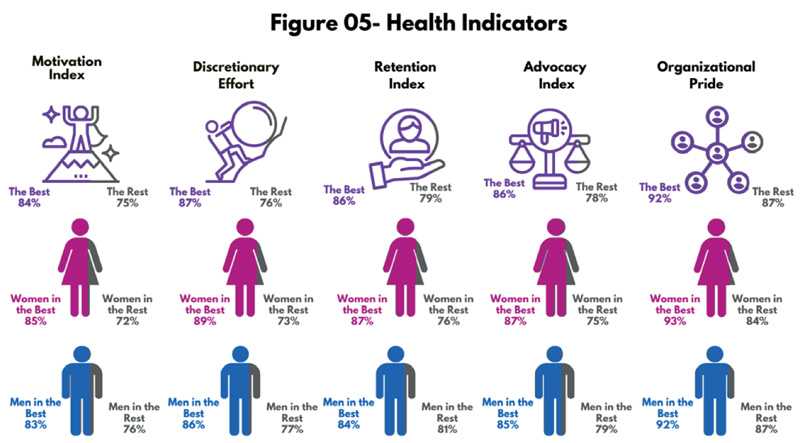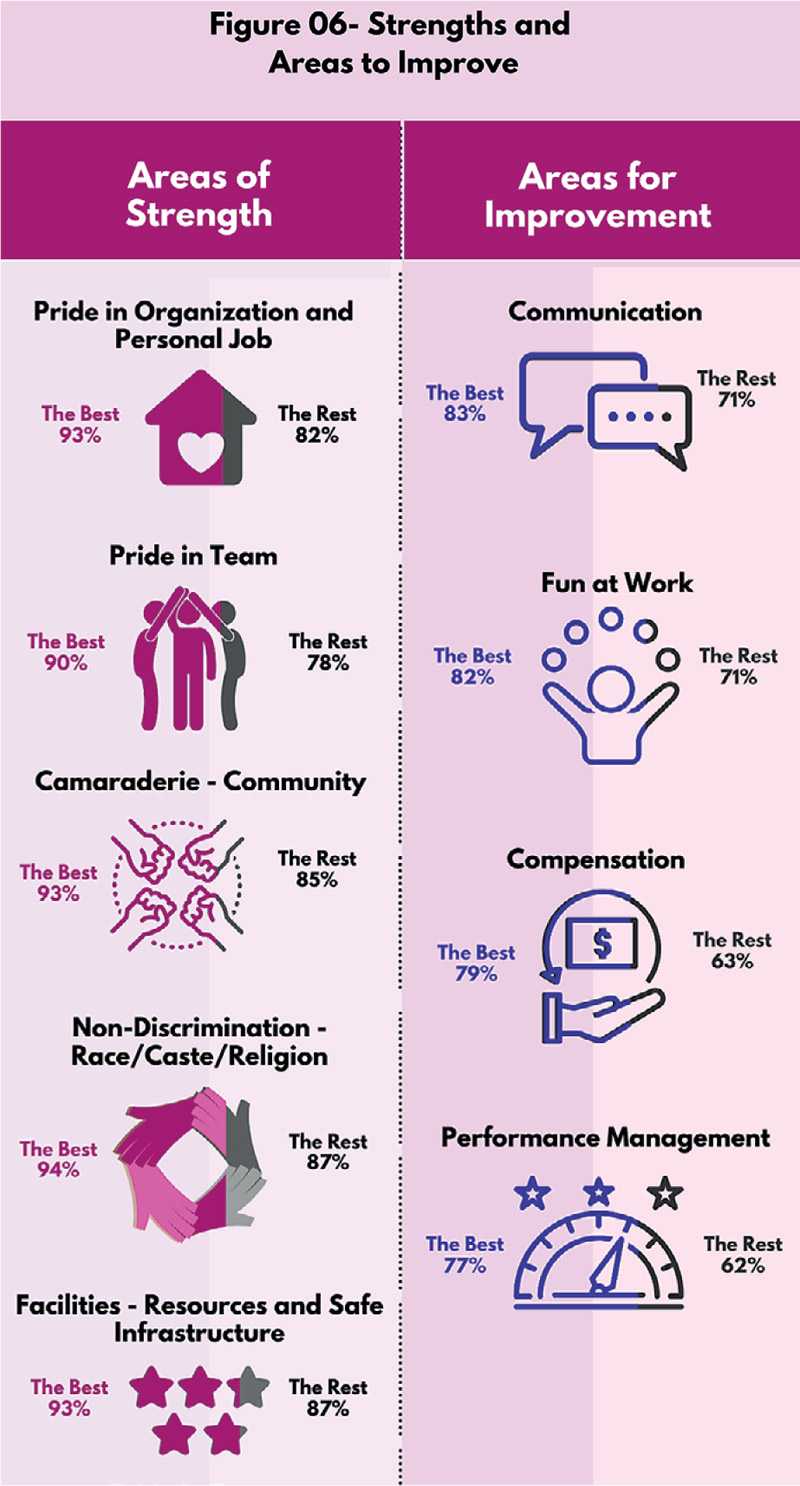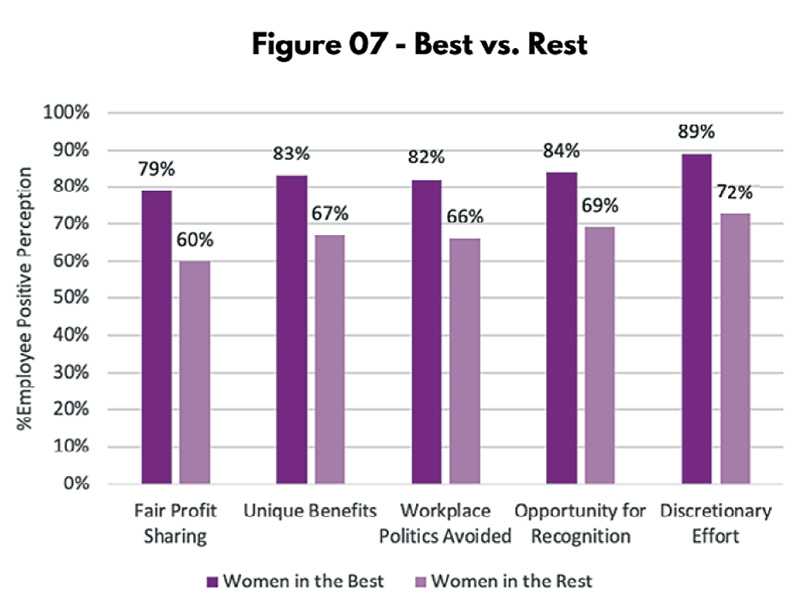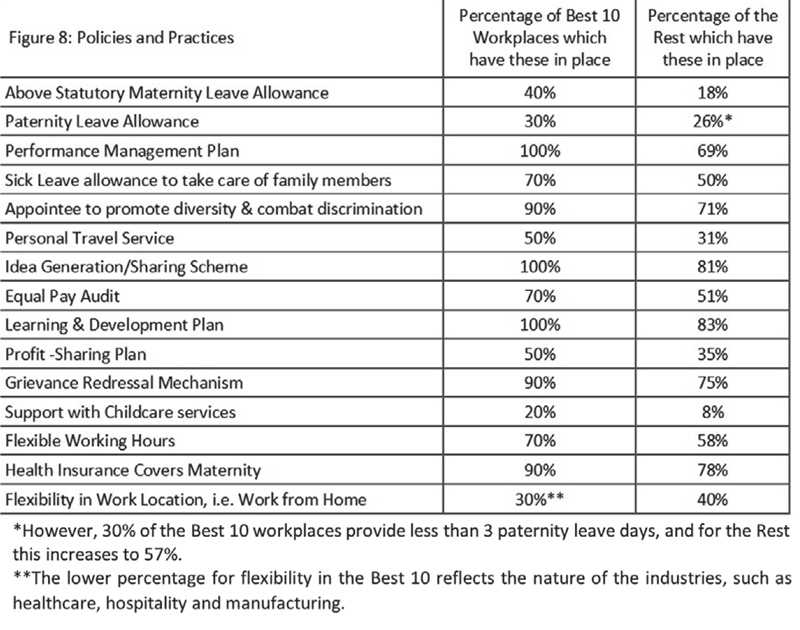Saturday Nov 22, 2025
Saturday Nov 22, 2025
Tuesday, 22 December 2020 02:25 - - {{hitsCtrl.values.hits}}
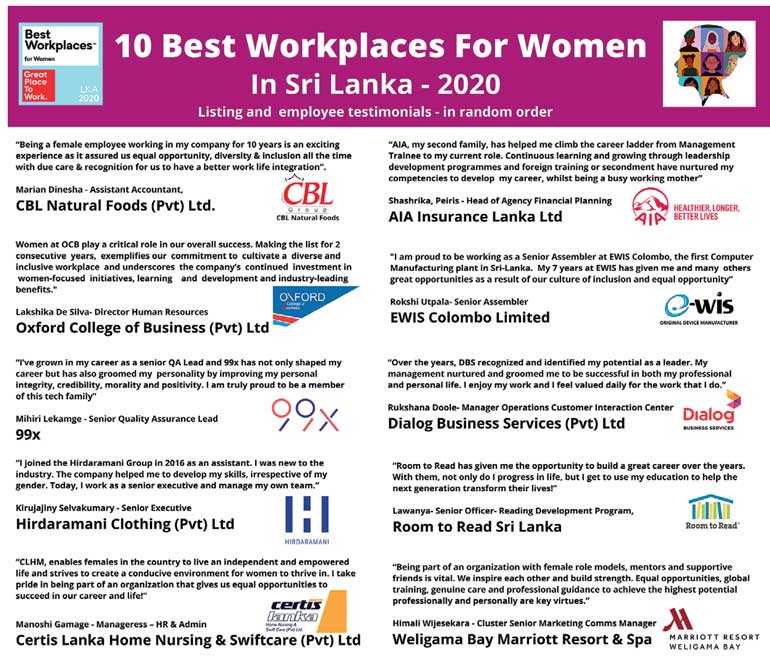
‘Women in the Workplace’ continues to be a topic of debate with evolving attitudes and understanding of the economic contribution of women. Sri Lanka, in particular poses an interesting dichotomy where the percentage of female university graduates has consistently been greater than that of their male counterparts (61.3% in 2018 – World Bank), but the labour force participation of women has always been below 50% and continually decreasing, from 41% in 2010 to 36% in 2016 and projected at 27% in 2020 (World Bank and ILO Data).
This raises the question of, if the women of Sri Lanka are qualified, what is stopping them from contributing to the labour force? Why was Sri Lanka, with one of the highest literacy rates in the world, ranked 14th globally for the largest gender gap in labour force participation, with women dropping to 36% and men remaining constant at 75%? (World Bank, 2016)
How do we, as a country, encourage more women into the workforce, given consistent global research findings that show that including women in the workforce increases performance of the overall organisation? McKinsey’s 2019 report on Diversity and Inclusion states that companies with higher gender diversity in management performed better financially than those with low representation.
Great Place to Work is publishing their 2nd list of Best 10 Workplaces for Women in Sri Lanka, having analysed the data from employee surveys conducted throughout the country and presents here insights into women’s opinions on what makes a great workplace.
The list of the Best Workplaces for Women 2020 has been compiled with the participation of 88 organisations, surveying almost 22,000 employees representing a workforce of approximately 45,000. The list comprises of organisations that have been Great Place to Work-Certified and this article showcases areas in which these organisations perform better than others, with identification of specific areas relevant to women, who make up 23% of the represented workforce with over 6,500 women as survey respondents.
Methodology
The established global survey methodology used by Great Place to Work was used to create this list with positive employee perception and organisational best practices contributing to the scoring. Special consideration was given to below criteria with particular importance to the female workforce to confirm organisations directed the necessary resources to ensure inclusion
Industry vertical
The primary observation is the decent spread of sectors of the best workplaces – eight sectors representing 10 organisations (Figure 1). Naturally, given the economic dependence of Sri Lanka on its female factory workers, the manufacturing and production sector takes a larger share of the pie, but the spread signals that all sectors can provide a positive environment for female employees, given appropriate steps are taken.
Results and insights
Looking at the overall perception of employees in Figure 2, a comparison can be made across the percentage of men and women with a positive perception in the Best 10 Workplaces for Women, the Rest in the study and the Best 40 Workplaces in Sri Lanka for 2020. To be truly representative, the expectation is to have parity across the genders, as can be seen amongst the Best 40 where women and men are equally positive. However, in an era where extraneous steps must be taken to address an existing gender imbalance, it is natural to see that in the Best 10 for Women, a higher percentage of women have a positive perception (86%) than men (83%).
As the bar moves towards complete gender equality, this gap is expected to reduce. Notably, in the remaining organisations, apart from the Best 10, not only is the overall percentage of positive perception 8% lower, but the percentage of women with a positive perception is 3% lower than that of men.
Breaking down the perception into the key dimensions of Credibility, Respect, Fairness, Pride and Camaraderie in Figure 3, the results are consistent with the overall trend for Sri Lanka, with Pride the highest at 90% and Fairness lowest at 83%. As expected, the women in the Best 10 Workplaces for Women are 12% more positive on average than women in the rest, and marginally higher than those in the Best 40 Overall Best Workplaces. Women in the Best 10 are also consistently more positive than the overall organisational perception.
Exploring further into the survey statements that correlated most with the overriding perception that theirs was a great workplace, indicate the key drivers for women. The results tally with expectation to a certain degree with advocacy, opportunity for career development and fair treatment coming out on top, as seen in Figure 4. Analysing the health indicators important to successful performance, Figure 5 highlights the considerable edge the Best 10 workplaces have over the rest. Additionally, the gap between the two genders emphasises the need for parity. Representation is an extremely important factor in ensuring that a workplace understands and responds to the needs of all its employees fairly. Particularly in representation at a management level, women are underrepresented at a global level. Many organisations are proactively attempting to address this imbalance. Of the Best 10 Workplaces for Women, female representation at management level ranges from 11% to 91%, averaging at 40%. Although the ideal would be a 50% representation, some of these organisations have much higher representation due to the nature of their business and the workforce being largely women.
In these cases, efforts should be taken to address the reverse imbalance. Some may argue that the composition of the management should reflect the composition of the workforce, but often until the management is balanced, the workforce will reflect the imbalance in the management with hiring adhering to gender normative roles.
The areas of strength, Figure 6, highlight what the Best 10 organisations are doing right. On the other hand, the areas of improvement, despite still having a high percentage of positive responses, are comparatively lower. These areas are also where women usually lack equitable treatment, in terms of having a voice within the workplace and, the focus of much of the fight for gender equality – the gender pay gap, currently at 23% globally according to UN statistics.
Figure 7 shows the areas where the gap between the Best and the Rest was the largest, the difference ranging from 19-16%. All these areas correspond largely to the dimensions of fairness and respect, which are usually the areas that inequity creeps in.
Best practices
Diving deeper into the statistics of the surveyed workplaces, the policies and practices particularly relevant to women show marked differences in their presence in the Best 10 versus the Rest, as represented in Figure 9.
There are notable fields where even the Best 10 could improve their policies, specifically those related to family responsibilities (for both men and women, as societies moves away from traditional norms) and safety.
Below, we share useful practices implemented at varying levels across the Best 10 Workplaces for Women in Sri Lanka 2020, which highlight some of the main areas relevant to promoting gender equality.
In conclusion, as we identify the areas where workplaces can be more supportive to their female employees, positive changes will improve performance and retention. Especially during this particular period – where a UN Women report finds that women will be disproportionately affected by the effects of the pandemic, with the sectors being hit hardest having a higher percentage of female employees – it is most pertinent to take steps to prevent the forecasted devastation for working women.
For more information regarding the study findings and how your organisation can participate in our next list, contact Hasini Abeywardena at [email protected] or call +94 11 454 5594.
